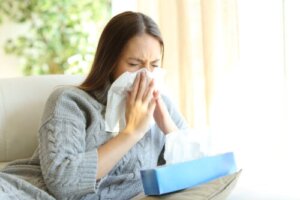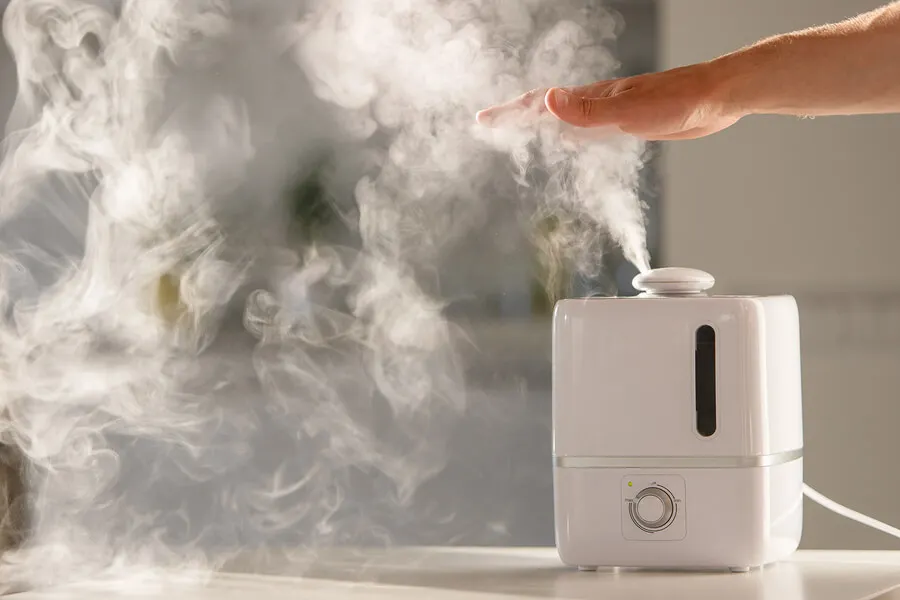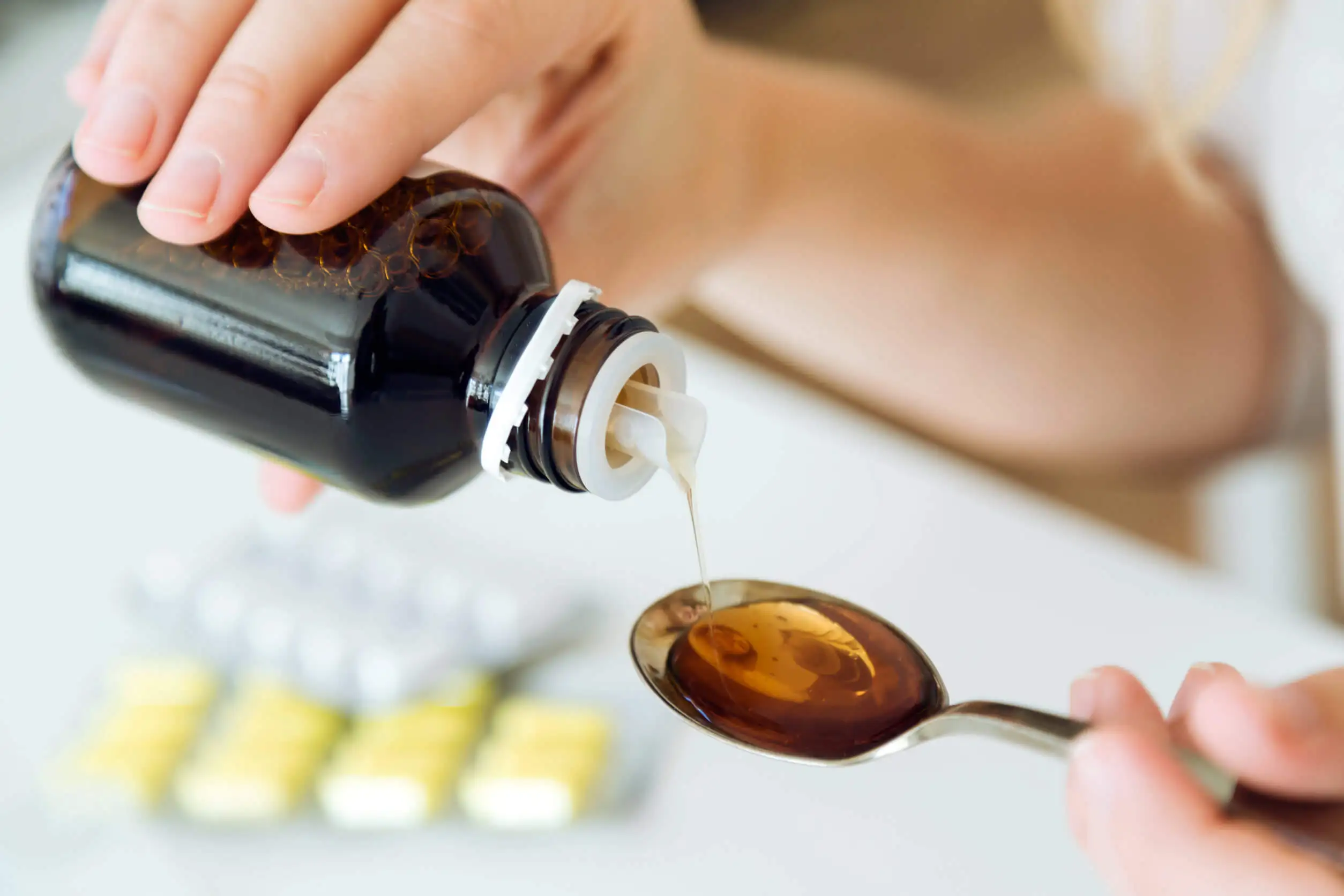9 Methods and Tips to Eliminate Phlegm


Written and verified by the doctor Mariel Mendoza
Home remedies, as well as over-the-counter or prescription medical treatments can be used to eliminate phlegm. Phlegm is a thick, sticky mucus produced by the mucous membranes of the respiratory tract, whose function is to stop different particles from entering.
Mucous membranes line the mouth, nose, throat, sinuses and lungs. Therefore, phlegm is widely distributed and tends to be more fluid and thinner when the person is healthy. In cases of exposure to many particles or an infection, phlegm becomes thicker.
However, when it accumulates in the airways, especially in the small bronchi, it causes congestion, coughing, and shortness of breath.
Phlegm and its protective function
The function of this mucus is to protect the airways, as it captures particles from the outside, including viruses and bacteria. It facilitates their expulsion through the coughing mechanism.
In this way, it works to prevent respiratory infections. When there’s excess phlegm, it may be due to an underlying infection, although, in that case, it’s usually accompanied by other symptoms:
- General malaise
- Nasal discharge
- A cough
Excess phlegm is also related to the following pathologies:
- Gastroesophageal reflux
- Allergies
- Asthma
- Chronic bronchitis
- Chronic obstructive pulmonary disease (COPD)
- Cystic fibrosis
Read more here: What Do the Different Colors of Mucus Mean?
How to get rid of phlegm
Home remedies usually relieve mucus sufficiently, in most people. But, in some patients, medication is required.
1. Water vapor
Water vapor works to remove phlegm because it helps thin the mucus. This allows it to separate more easily from the mucous membranes and be expelled more quickly.
The ideal way is to boil water and lean your face over the steam, preferably with a towel over your head. Relief is usually immediate. It’s recommended to inhale between 5 to 10 minutes several times a day.
Be careful! Caution should be taken with hot water and its handling, and the technique should be avoided in children.
In addition to hot water, medicinal plants with expectorant and mucolytic effects can be used, such as peppermint, eucalyptus, oregano, sage, thyme, and rosemary. The plants can be inhaled as essential oils in water vapors or in a humidifier.
To eliminate phlegm with this method, it can also be useful to take a shower or bath with hot water. This will fill the room with steam.

2. Air humidification
It’s recommended to use a humidifier daily and keep windows and doors closed. If it isn’t possible to use it all day, it’s preferable to use it in the evenings. Humidifiers should be cleaned regularly.
Read about: The Advantages of Having a Dehumidifier at Home
3. Hypertonic saline nebulizations
Hypertonic saline is available over-the-counter (without a prescription) and produces an increase in salt concentration in the airways, which helps to lighten and remove phlegm. It’s used with a nebulizer and is recommended for ages 6 and older.
4. Adequate hydration and temperature
To eliminate phlegm, it’s necessary to stay hydrated. In addition, warm or hot drinks are recommended.
Hot water with lemon is very beneficial to eliminate phlegm, as well as the consumption of liquids such as soups or herbal teas. It’s also appropriate to maintain a warm climate in the rooms.
5. Teas
Herbal and aromatic teas are recommended to fluidize and expel phlegm:
- Chamomile
- Eucalyptus
- Turmeric
- Cinnamon
- Ginger
Turmeric contains curcumin, which has antibacterial properties. Ginger has multiple properties that help to expel phlegm quickly.
Honey can be used together with this, and provides antibacterial, antiviral, and antifungal effects. Lemon contains vitamin C and helps boost the action of the immune system.
Drinking hot tea with honey and lemon softens phlegm and reduces its production.
Read about the properties of this Homemade Honey and Ginger Syrup to Fight Colds
6. Foods that promote the elimination of phlegm
It’s possible to consume food that can promote the elimination of phlegm. The most commonly used are the following:
- Onions
- Cinnamon
- Garlic
- Cayenne powder
- Pomegranate
- Licorice root
- Guava
Onions, in particular, have a mucolytic, bronchodilator, and expectorant effect. Its consumption and even inhalation of its vapors help in the elimination of phlegm.
7. Gargle
It’s recommended to gargle with warm water, preferably with a teaspoon of salt until it dissolves. This should be repeated several times.
8. Keep your head raised
Excess mucus, especially when it accumulates in the lower airway, can disrupt sleep. To improve rest and drainage, keep the head raised with extra pillows and sleep in this position.
9. Over-the-counter medications
There are different over-the-counter medications that work to eliminate phlegm:
- Decongestants: Although mucus in the nose isn’t part of phlegm, reducing nasal mucosal congestion allows the opening of the airways. They come in tablets, capsules, liquids, syrups, or nasal sprays.
- Expectorants: Such as guaifenesin. These aren’t always effective, but a doctor can assess whether it’s worth adding to the treatment.
- N-Acetylcysteine: Helps to dissolve mucus in the airways, thereby decreasing the frequency of coughing. People with bronchospasms should use it with caution.

When should you see a doctor for excess phlegm?
Certain situations and warning signs should lead to a medical consultation:
- When excess phlegm isn’t eliminated for more than a week.
- If phlegm congestion suddenly worsens.
- When the mucus changes color, progressing to a pus-like consistency.
- If the phlegm is accompanied by coughing up blood, fever, shortness of breath, or wheezing.
Smokers should stop smoking while they have phlegm. At the same time, you should consider improving your diet so that it strengthens your immune system, with good amounts of vitamin C, probiotics, and zinc.
All cited sources were thoroughly reviewed by our team to ensure their quality, reliability, currency, and validity. The bibliography of this article was considered reliable and of academic or scientific accuracy.
- Barker S. Honey for acute cough in children. Paediatrics & Child Health. 2016;21(4).
- Cortes-Telles, A., Che-Morales, J. L., & Ortiz-Farías, D. L. (2019). Estrategias actuales en el manejo de las secreciones traqueobronquiales. Neumología y cirugía de tórax, 78(3), 313-323.
- Mousa H. Prevention and Treatment of Influenza, Influenza-Like Illness, and Common Cold by Herbal, Complementary, and Natural Therapies. J Evid Based Complementary Altern Med. 2017 Jan;22(1):166-174.
- Randell, S. Boucher, R. Effective mucus clearance is essential for respiratory health. American Thoracic Society, 2006;35(1):20-28.
- Sanu A, Eccles R. The effects of a hot drink on nasal airflow and symptoms of common cold and flu. Rhinology. 2008 Dec;46(4):271-5.
- Shigeharu I, Toshio T, Hideyo Y. Antibacterial activity of essential oils and their major constituents against respiratory tract pathogens by gaseous contact. Journal of Antimicrobial Chemotherapy. 2001;47(5).
This text is provided for informational purposes only and does not replace consultation with a professional. If in doubt, consult your specialist.








